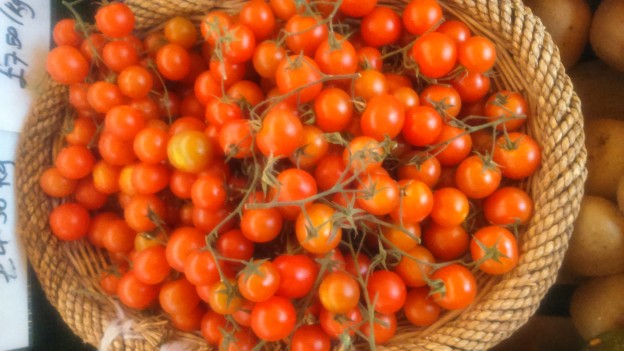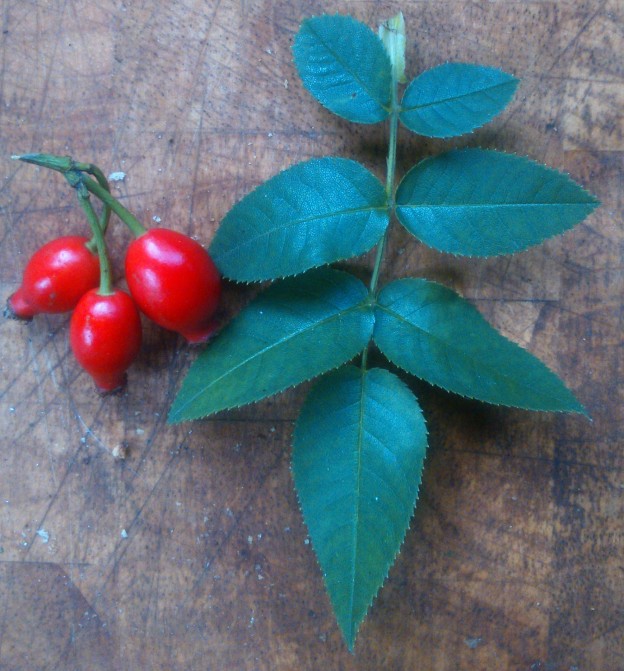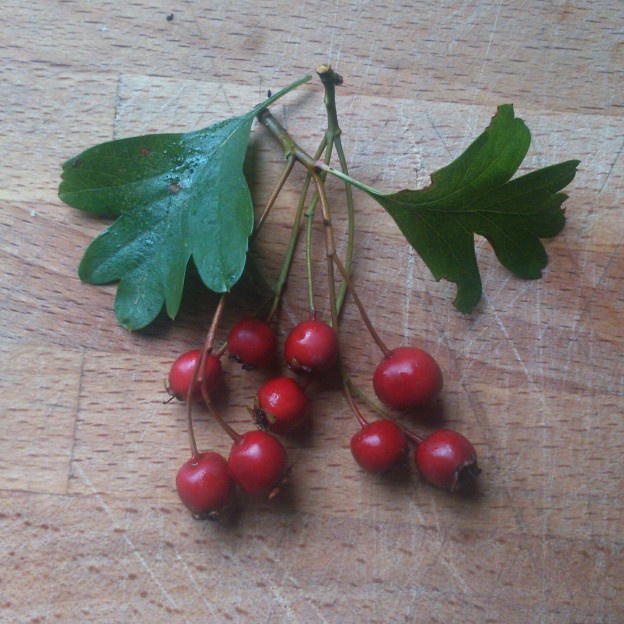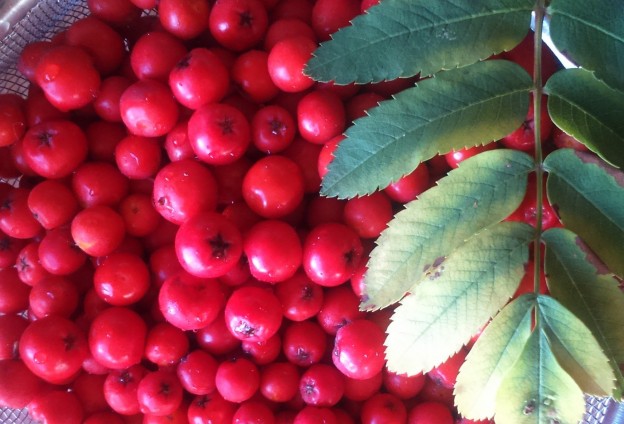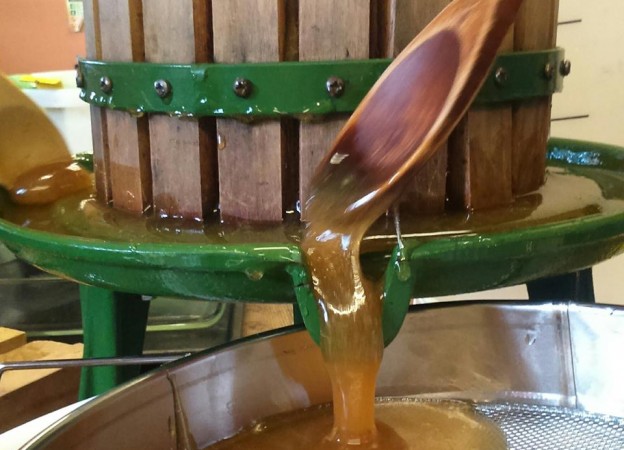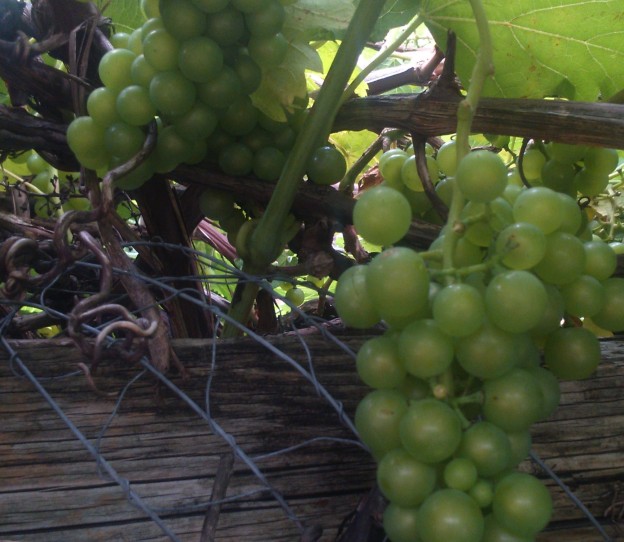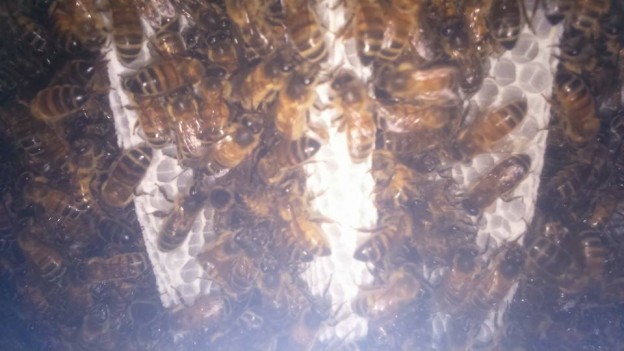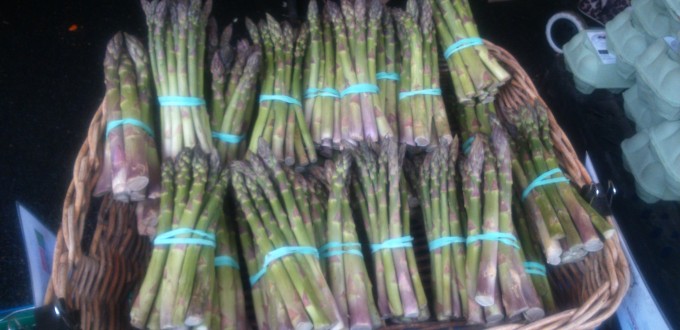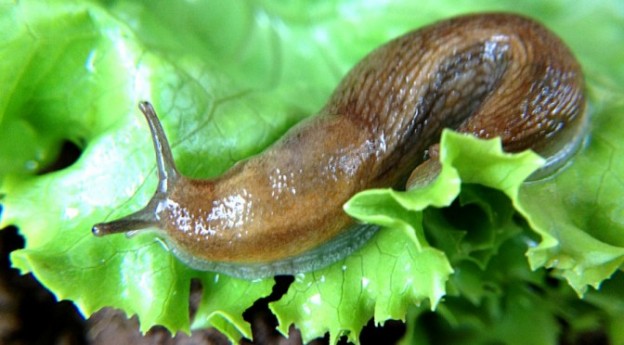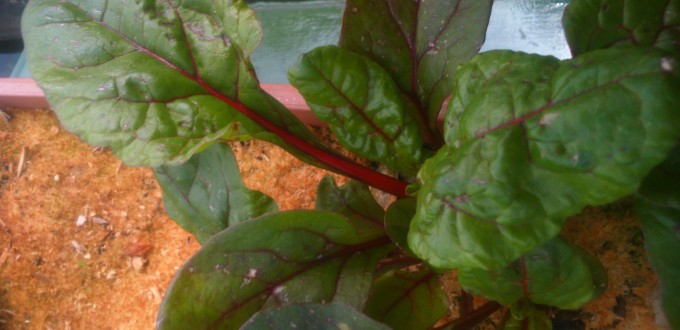Having come from a land of freezing cold, icy and snowy weather I am a late comer to the concept of year round farm production. Here in the milder climate of the South East of England, it is possible with some planning to have fresh produce on the table nearly the entire year long. This concept, and it’s actualization has been one of the biggest areas of learning in my training.
At Organic Lea, the place where I learn my practical farming skills, the more experienced and paid “Growers” who impart their knowledge to us plan and continually experiment with ways to work with nature to achieve year round seasonal fresh produce. Since early September the winter crops have been growing, in October they were hardening off and November, in the short gaps of good weather we began planting in the field. Beans, kales, peas, and garlic are now in the ground to ensure come the first warm days they are set to rocket skyward for early maturation.
Whilst our farm benefits from a massive greenhouse structure, meaning we are still harvesting some of the summers tomato crops, the humble allotment grower can easily mimic more of this than one might first imagine. Cloches, cold frames and even simple fleeces offer enough protection from the mild winters we experience so long as one gets the timing right! In the year two Organic Farming Training course the classes read two very good books that help with their studies, one of which is the masterpiece, Joy Larkcom’s “Grow Your Own Vegetables” a book I would strongly recommend to anyone who is interested in getting the most out of their garden in a sustainable way.
